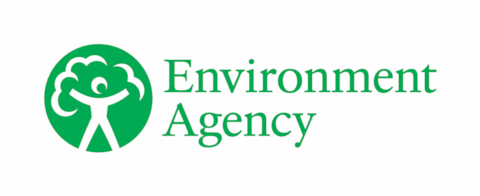Holding museum artefacts that contain polychlorinated biphenyls: RPS 346
Published 4 August 2025
Applies to England
This regulatory position statement (RPS) does not change your legal requirements under The Environmental Protection (Disposal of Polychlorinated Biphenyls and other Dangerous Substances) (England and Wales) Regulations 2000 (as amended) ‘the Regulations’ to identify, label, register and dispose of equipment that contains polychlorinated biphenyls (PCBs).
However, the Environment Agency will not normally take enforcement action against you if you do not comply with these legal requirements in relation to artefacts in your collection provided that:
-
your activity meets the description set out in this RPS
-
you comply with the conditions set out in this RPS
-
your activity does not cause (and is not likely to cause) pollution of the environment or harm to human health
1. Activity this RPS applies to
This RPS applies to equipment that contains or may contain PCBs held by museums as artefacts for archival, education, research and or display purposes.
It does not apply to equipment used to provide power to the museum, such as transformers connected to the power network.
This RPS applies when it is not possible to decontaminate equipment or remove PCB containing components as it affects the artefact’s worth.
2. Conditions you must comply with
You must:
- compile and maintain an inventory of all artefacts that contain or may contain PCBs and make the inventory available to the Environment Agency on request – the inventory must contain a description of the artefact, the usual location of the artefact and an estimate of the amount of PCB containing fluid
- identify and register with the Environment Agency any artefacts that meet the definition of contaminated equipment in regulation 2(1) of the regulations and pay the annual registration charge
- ensure any leaks of PCB containing fluids from artefacts are contained and disposed of
- ensure that disposal of PCB containing fluid, materials used to contain or clean spilled material or artefacts no longer required by the museum complies with regulations governing the disposal of hazardous waste
- ensure that the receiving museum is aware of the need to use this RPS when transferring or loaning relevant artefacts to other museums
- have procedures in place to ensure staff, volunteers or contractors working with relevant artefacts are aware of the potential presence of PCBs and know how to handle them
- get the Environment Agency’s agreement before you use this RPS by emailing PCB-enquiries@environment-agency.gov.uk with ‘Museum artefacts containing PCBs: RPS 346 – for action’ in subject
- keep records for at least 2 years from the date of the last use of the RPS (some records may need to be kept longer) to show that you have complied with this RPS and make these records available to the Environment Agency on request
3. Things to note
For guidance on the requirements of the regulations, including how to register and charges for registration see Polychlorinated biphenyls (PCBs): registration, disposal, labelling.
4. When you must check back
The Environment Agency intends to review this RPS by 30 September 2028.
The Environment Agency can withdraw or amend this regulatory position before the review date if they consider it necessary. This includes where the activity that this RPS relates to has not changed.
You will need to check back from time to time, including at and before the review date, to see if this RPS still applies.
This RPS remains in force until it is removed from GOV.UK or is otherwise identified as having been withdrawn.
You can subscribe to email updates about this RPS. These will tell you if the RPS has changed and when it has been withdrawn.
5. If you cannot comply with this RPS
If you operate under this RPS but can no longer comply with it, you must:
- stop the activity to which this RPS relates
- tell the Environment Agency immediately by contacting PCB-enquiries@environment-agency.gov.uk with RPS 346 in the subject
6. Contact the Environment Agency
If you have any questions about this RPS, email PCB-enquiries@environment-agency.gov.uk with RPS 346 in the subject.

